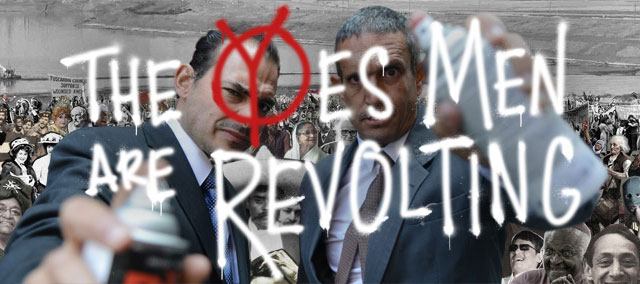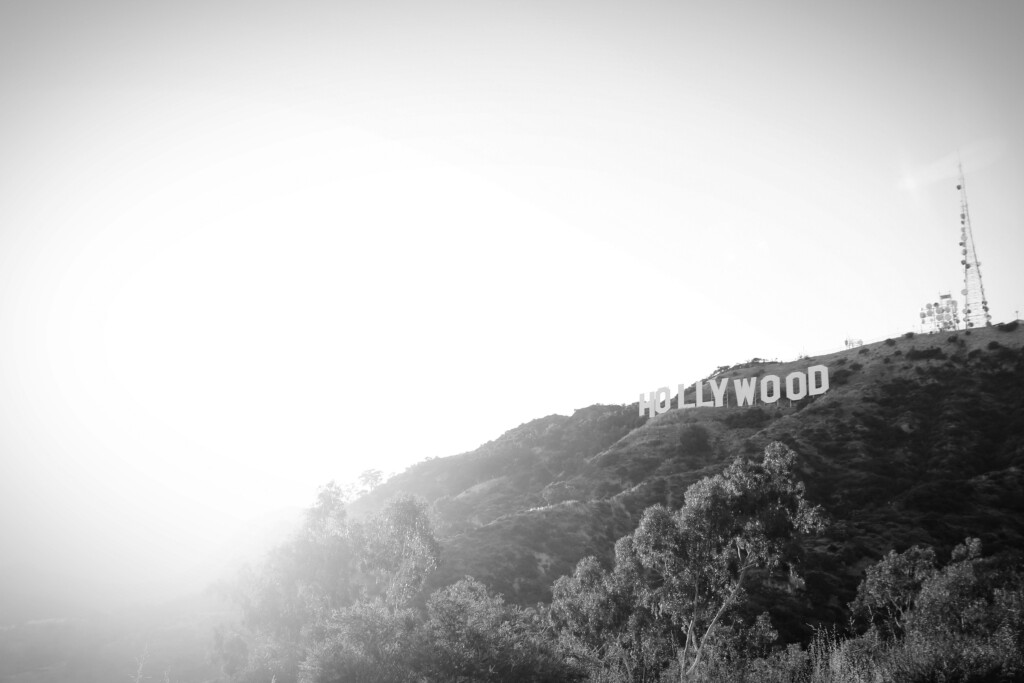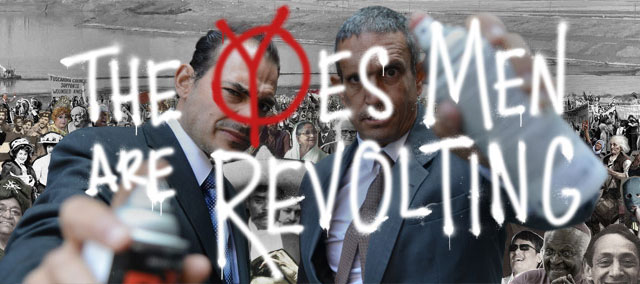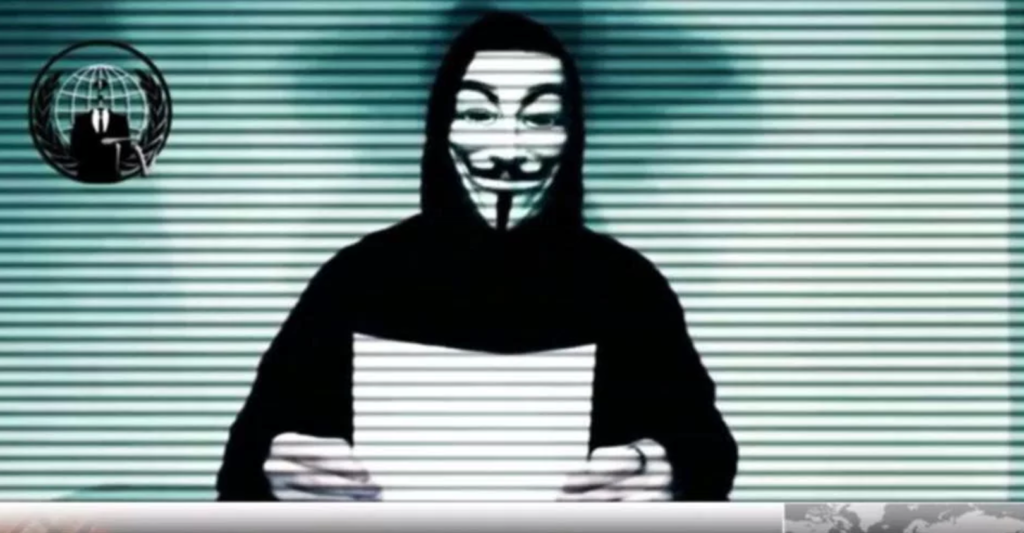ARTISTS AND CRIMINALS – HACKERS AND SCIENTISTS – CLOWNS AND SCHIZOPHRENICS: THE CASTING AND THE RIFT OUT OF THE SCENARIO
The following text was written in response to the article Artists And Criminals: On The Cutting Edge Of Tech, by Laura Sydell, published on February 20, 2018 on the WYPR website. He tries to imagine what the technological potential can represent in the hands of different “characters” and makes hypotheses about their convergent and/or divergent intentions. It also discusses the notions of emergence and fault; examines what lies behind the question “what can I do with this? “and evokes the question of the power of the individual: does he carry society at arm’s length? Is he working to transform the world? What does his role prescribe? In what scenario is he evolving?
What can I do with this?
This sentence, which summarizes the content of the article quite well, is a particularly formidable catchphrase: “Sci-fi writer William Gibson says the best way to imagine new technologies and how they could affect society is not through current expertise but by talking to “either artists or criminals”. “(Science fiction writer William Gibson argues that the best way to imagine new technologies and their impact on society is not through current expertise, but through discussion with “artists or criminals.
Gibson – author of Neuromancer (1984), this science fiction novel which, at the time, took a particularly visionary look at the future of technology – suggests that the artist and the criminal are social figures likely to be able to redefine, according to the terms of their reciprocal objectives – quite different, though – the potential outcomes of technological tools. As the artist explores how technologies relate to reality, the criminal tries to see how they can serve his ends of enslavement and diversion. Both criminal and artist evolve outside social conventions. Gibson compares the criminal to a contractor without brakes or beacons. He looks at any new technology and thinks, “What can I do with this? ». The artist also wonders “what can I do with this? “But his questioning will not be aimed at breaking the law and/or morality, at least not only. No matter how radical or subversive, the objective remains an artistic proposition. So the artist on the one hand and the criminal on the other. Both have night and peripheral vision that allows them to project themselves into the darkness of the future.
A metaphor: the Extra Help Pet Show
To these two figures, let us join those of the scientist and the hacker in order to imagine dialogues and crossed scenarios. We will also add the figures of the clown and the schizophrenic. Perhaps others still, whose appearance I cannot predict for the moment: this text is like a show in progress. As I write this I can’t help but think of Marc Morrone and his Extra Help Pet Show where an unimaginable variety of animals come together. In this forced proximity, they become the actors of an extremely chaotic dynamic. This necessarily results in improbable interactions: a monkey tries to eat a bird; a turtle bites a dog’s tongue; animals go in all directions, walk on each other and try to save themselves from the set. Morrone’s animal shows are magnificent (!) metaphors, bordering on hysteria, of course, but which highlight everyone’s divergent wishes. It is the spectrum of intentions, from divergent to convergent, that interests us here. And in this spectrum of intentions, those of the artist and the criminal, the scientist and the hacker, are beacons for the cast as a whole.
The main cast
We already know the artist well enough. He creates works, he bears witness to a time, an era, a culture. He recursively feeds this same culture from which he returns different mirrors to us at different times. He opens dialogues, initiates monologues, learns and speaks the parallel universe languages that underpin our societies, formulates proposals and hypotheses. He most often designs objects or situations that contain objects. And all this is usually done with materials, tools and technologies. The fact that new technologies are constantly changing calls, in a way, artists who use them to project the possible. It is there that the artist places himself, sometimes in spite of himself, in a waking posture: he is entirely turned towards the emergence of a latency.
By going through the Wiki – I like to make detours there – of the term artist, we find this, which surprises us without surprising us : “In a common sense, and rather pejoratively or to disqualify it, we also speak of an artist or poet about a strange, marginal, idle, dreamy person, who does anything, someone who has no sense of realities, rules, and is sometimes considered rebellious or crazy but who can also be appreciated as demonstrating genius. “Doesn’t this correspond just as much, or more or less, to the figures of the criminal, the hacker, the clown and the schizophrenic? Maybe a little less scientific, though.
The criminal is the one who breaks the law. He acts with a view to an objective, personal or collective, which he intends to achieve by following the lawful contours, eluding the social, moral and legal guidelines of the system in which he evolves. One could detail a typology of crimes: theft and embezzlement, intentional and involuntary homicide, kidnapping, rape. The idea here is not to take into account the precise nature of a crime to examine its possible relationship to new technologies, but rather to consider the idea of crime as an overall process of law-abuse. And it is through criminal thought that this process can be implemented. This requires a willingness to go beyond any boundaries, which requires an ability to ignore the rules established by social consensus. You have to want it: crime does not happen on its own. The criminal places himself on the margins and from there, he observes the mechanisms, the cogs and the elements of these cogs. Then he considers the tools at his disposal: weapons in general, but also the hammer, the screwdriver, the laser and the internet. At the same time, he keeps an eye on the horizon, towards what does not yet exist: he is on the lookout for the slightest emergence – the one that could save him, or lose him.
Behind the term hacker is an ambivalent figure. First, it is an individual who has the technical knowledge to solve computer problems. In the common language, the word hacker is now assimilated to that of “security hacker”, i.e. the one who, thanks to this same knowledge, is capable of infiltrating computer systems. His activities are not necessarily criminal in nature and he may work for various types of businesses. However, the hacker has become over time, through the cultural imagination, a kind of contemporary anti-hero who generally does evil for good. Let us think of the eponymous character of the series Mr. Robot (if we exclude what concerns his double personality: he is a hacker-schizophrenic): moved by a fantasy of destruction of the financial systems and annihilation of the debts of the population, the hacker aka Mr. Robot, works during the day for a company of computer security, and rises at night a vast project of computer infiltration and economic and governmental collapse. So sometimes it’s Robin Hood in the digital age, but he might as well be the computer criminal. For the hacker, the emergence to watch is the computer flaw.
The scientist, we already know him a little. Formerly called a scientist, he studies one or more specific fields of science and usually becomes a specialist. These studies are rigorous and take place within a scientific method. From science, Wiki tells us that it “is the body of knowledge and studies of universal value, characterized by an object and a method based on verifiable objective observations and rigorous reasoning. “Observation of the world is the source of his research and experiments. From these observations and experiences come discoveries and knowledge that form the basis of our knowledge of the world. Partially proven, because in some cases repeatedly verified (an experiment must be able to be reproduced accurately and infinitely before reaching the knowledge value), this global knowledge is nevertheless in constant construction. As long as the world is not exhausted of its “mysteries”, the fields of knowledge will continue to evolve. In this sense, scientific knowledge resonates with technological research: they sometimes go hand in hand, often even. On the one hand, the development of technologies will make new forms of scientific research possible, and on the other hand technology is also one of science’s research objects. In this focal movement, where the technological dimension moves from the front to the back, the rigorous attention of the scientist is entirely turned towards the signs of an emergence to be explored.
The rift out of the scenario
The idea of a rift contains a double image: the rift as a gap, as an error or a failure; then the rift as a passage, as an interstice through which to infiltrate a new space of possibilities. This double meaning is constantly interpenetrating: it constitutes itself in a recursive dynamic
The insistence on the rigorous nature of the study of sciences informs us of the desire of the scientist to be flawless. And yet, the emergence that will advance his research may well emerge from a flaw. The same goes for the criminal: it is not in his interest for loopholes to slip into his diversion system, even though this diversion takes place precisely because of a loophole that he has been able to identify and infiltrate. The hacker maintains a similar relationship to the rift: it is through it that he can exercise his know-how, it is an entrance to a workspace. As for the artist, he is also in the process of identifying faults, but his methods of apprehension are more diversified: it is not only – or even not at all – a question of infiltrating the fault as the criminal and the hacker would do, but rather of observing, describing, commenting on and transforming it. In this sense, he keeps a certain distance that allows him to make the fault the very material of his project. In any case, the fault is never a simple passage: it is also always a territory to invest. The fault itself is an emergence which, moreover, potentially contains a world, if not other worlds, of emergences. The fact that some of these emergences are of a technological nature allows us to project, to imagine meta-worlds. Technology as an extension of the current possibilities is placed either overhanging, in juxtaposition or in transparency with the reality of the physical world. The world is an assembly, and the junction between each element is the occasion for a passage. The latter can be translated in different ways: it can be an offence, a transgression or a misappropriation (criminal and hacker), a discovery or an advancement of knowledge (scientific), or even a creation (artist). Each time we go out of the prescribed scenario.
The secondary roles: a dramatic comedy is played in the background
Secondary roles are scattered among the main characters. For most of us, we alternate between extras and support roles. While the extra remains anonymous – that’s the person you meet on the street buying baked chips or not necessarily organic kale – the supporting role has a face. Yesterday I was someone’s extra, today I have a supporting role in this opening where I hesitated to go: this feeling of ridicule and awkwardness of smalltalk sometimes. The clown and the schizophrenic – omnipresent supporting roles – are cathartic figures. They are extreme and caricatural. They represent something that overflows us, encloses us and contains us all at once. Clowns to varying degrees – don’t all our lives have a little something laughable? and variable schizophrenics – it is accepted that a perfectly healthy mental health does not exist – the average North American Westerner supports – often unwittingly, not even knowingly – a main cast that outlines the plot. This support happens by default. It is there, it activates the secondary intrigues of an almost universal narrative: it is the social system as a whole, the world of health, education, work, politics, economy and finance, the monetary system, commerce, communications, information and informatics, the internet, tourism and botany, animals. The global whole of a world inhabited, consumed, exploited and almost saturated. Extras and supporting roles are not the passive actors of a story of which we will only remember the great H: they carry at arm’s length all the parts of the whole that found and form our societies. And if we try to put in their hands – which are not free – the most advanced new technologies, it is not certain that they will ask themselves what they can do with them, at least not in a pragmatic way. If they do not use them, however, they may talk about them around them, write about them, participate in extracting and conveying meaning.
The sandwich between artist and criminal: the double role of the hacktivist
The hacktivist shares a double relationship with the artist and the criminal. Sandwiched between the two – as in a Morrone show – he gets busy diverting what must be according to his conception of the world, sometimes trying to devour the artist or biting the criminal’s language. The hacktivist, unlike the hacker, makes use of computer piracy for militant purposes, aiming at political or societal changes. He is the idealist hacker who plays on legal borders: he is not a priori criminal. For the record, the term comes from an American hacker organization called The Cult of the Dead Cow (cDc), founded in 1984, and known for creating several tools and software, aimed at hackers, system administrators, and the general public. Among hacktivist artists, the American duo The Yes Men is a well-known figure. Their political infiltrations and hoaxes have attracted media attention for several years. Through tactical media actions – temporary and spontaneous media activism interventions – they seek to reveal social and political issues. They have directed three films The Yes Men (2003), The Yes Men Fix the World (2009) and The Yes Men Are Revolting (2014) where they personify entities they criticize, a practice they call “identity correction”. Their modus operandi is that lies can expose truth. Television or video mediation and the mass media are their privileged angle of attack and the staging of grotesque, but sometimes plausible, situations is their strategy in order to infiltrate the truth by denouncing lies. Without artistic staging, the hacktivist seems to us to be closer to the criminal. This is the case of Anonymous, with their infiltrations and disclosures of information in order to harm targeted companies. Let us also think of Aaron Swartz, Edward Snowden, Julian Assange – who are neither artists nor really criminals, except in the strictly legal sense – to name only the best known. When the hacktivist asks, about a computer system or tactical media strategy, “What can I do with this? “In the case of a “attack”, he must answer two questions: which cause to target, and which action (attack/directing/disclosure) will make the cause speak best. Even partial answers to these questions will tell us a lot about how technologies can affect society – they will also tell us a lot about its current state, health and resilience. Scenarios among others.
The scientist as hacker
Some scientists more than others will share the hacker’s gene. Genetic researchers, for example: science that is perfectly conducive to infiltrating living organisms in order to modify, say, DNA. You could say hacking DNA. Is it a criminal act? A creative gesture? A delusion or a transhumanist derision? While wondering “what can I do with this? “The genetic researcher is also certainly wondering, “How far can I go with this? ». However, it seems that in the name of science we can go very far: in some cases, research is little or not at all positioned. Neither good nor bad, it is a progression towards the unknown which goes beyond the initial fault which will have guided it at the beginning. Is it for the scientist – geneticist or not – to explore the transmutation potential of the fault itself? And thus make it the place of a reinvestment of new values that its discoveries could infuse? The questions of “what we can do with this” and “how far we can go” are necessarily multiple and developmental when it comes to clearing the unknown. And the unknown, once discovered, becomes something to be identified in order to invest it with a form of reality, to give it shape within the very reality that is ours. It doesn’t matter what our role is in this B-series production that has long since exploded its budget – life? the universe? As soon as we find ourselves before the question “what can I do with this”, it is exactly like suddenly finding ourselves before the infinite vastness of possibilities, before the formless. And this question is always there, behind every object, circumstance or matter of the world – technological or not. The unknown is the latency of the formless that pre-exists to everything.
A special guest
The unknown is also the alien.
Last part in the casting.
Nathalie Bachand
/////
Images (top) : Hollywood – photo by Florian Klauer (unsplash.com) / Faille – photo by Denys Zhylin (unsplash.com).
Images (bottom) : The Yes Men – source : theyesmen.org / Anonymous – source : Anonymous/YouTube.
Translated with www.DeepL.com/Translator






